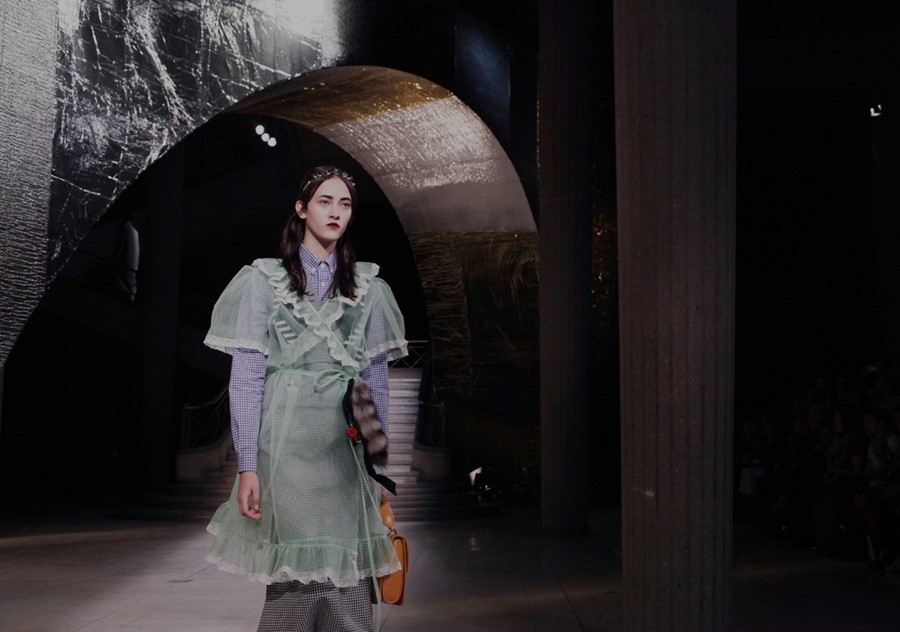We trace the continued alignment of the babydoll with female emancipation, from lingerie to couture, mini-dresses to Miu Miu
The babydoll dress (loosely defined as a garment with an empire waist and a skirt ending above the knee) has a storied history, and one somehow always rooted in gender politics. From its appearance at the turn of the 20th century and later revival by Balenciaga couture, through to Courtney Love's kinderwhore styling and Meadham Kirchhoff's homage to her, it has designated everything from the formal to the salacious, the irreverent to the chic. But, whether employed as 40s nightwear or in 90s punk performance, the babydoll has always been somehow synonymous with female liberation, whether emancipation from corsetry or the strictures of hemline etiquette. Most recently, it became what Mrs Prada described as an armour against conservatism for the girls of Miu Miu S/S16 and, in honour of this, we explore a century of its presence in fashion and feminism...
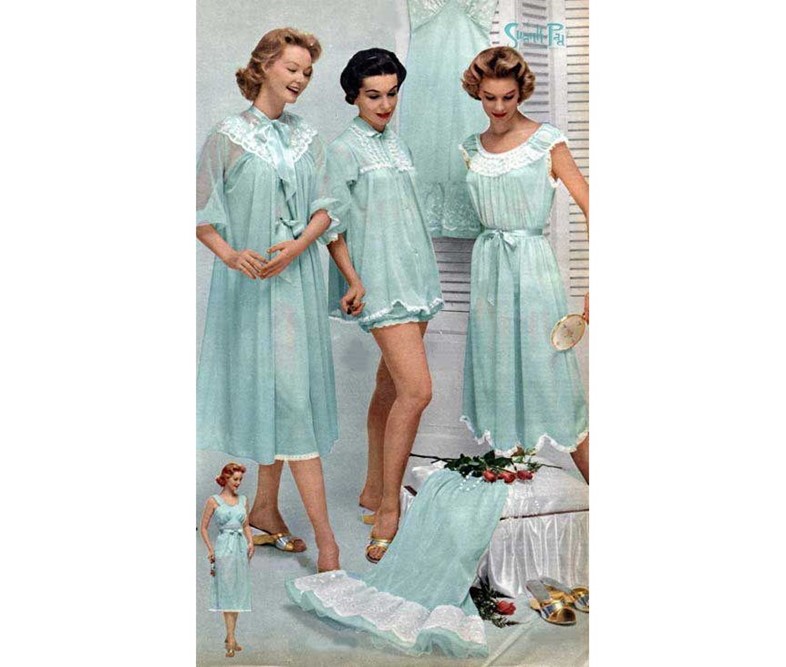
The Early Years
"Her present frock was remarkably like a length of stove-pipe with a deep frill at the bottom. It was a style known as the ‘Baby-Doll’ dress." wrote Avery Abbott in 1912, describing one of the characters in novel Captain Martha Mary. It was less than a decade earlier that Paul Poiret had liberated women from the confines of corsetry, eschewing tiny waistlines for empire cuts: "It was equally in the name of Liberty that I proclaimed the downfall of the corset and the adoption of the brassiere," he wrote. However, it wasn't until 1940s lingerie designer Sylvia Pedlar of Iris Lingerie (who personally deplored the term) cut her nightwear short as a response to wartime fabric shortages, that babydoll truly entered public vernacular. It soon became de rigeur for nightwear to skim the knee – and, by the 1956 cinematic release of Tennessee Williams' Babydoll (starring a 19-year old nymphet wearing the style), its appearance was practically commonplace, already synonymous with a political and sexual freedom as well as with a physical one.
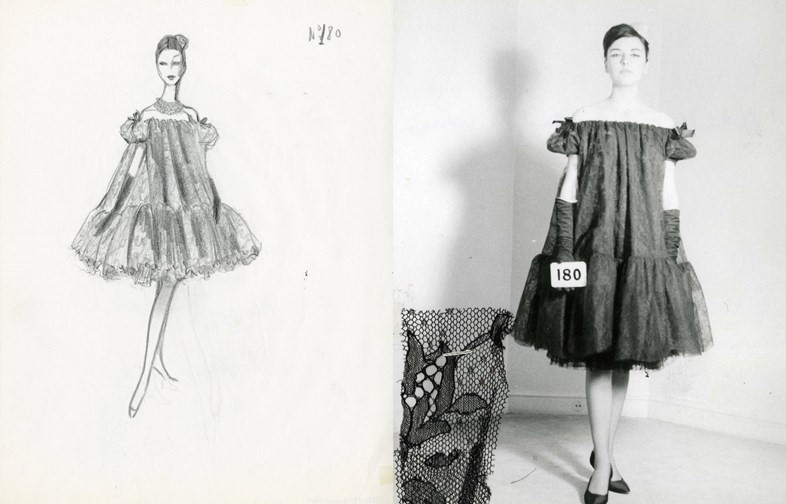
The Couture Period
Following its introduction as a kind of lingerie, in 1958 Cristóbal Balenciaga transformed the style into couture with his exquisitely constructed, lace-tiered pieces known as the "Baby Doll Dresses." Foregoing the empire cut for a trapeze line drop waist, they pre-empted the 60s trend for mod applications of the style with their loose fit but structured form, and transformed the dress from nightwear into a new, avant-garde silhouette that became one of Balenciaga's most renowned styles. Simultaneously, Hubert de Givenchy – a huge advocate of Balenciaga and a comparative newcomer to the industry, having only set up his design house in 1952 – was also embracing this new style (often charmingly termed the "sack dress"); as he said at the time: "I've dreamt of a liberated woman who will no longer be swathed in fabric, armour-plated. All my lines are styles for quick and fluid movement. My dresses are real dresses, ultra-light, free of padding and corseting, garments that will float on a body delivered from bondage." For the two couturiers who came to epitomise a mid-century evolution of fashion design, the dress symbolised more than a silhouette: it was an emancipation for the women they dressed.
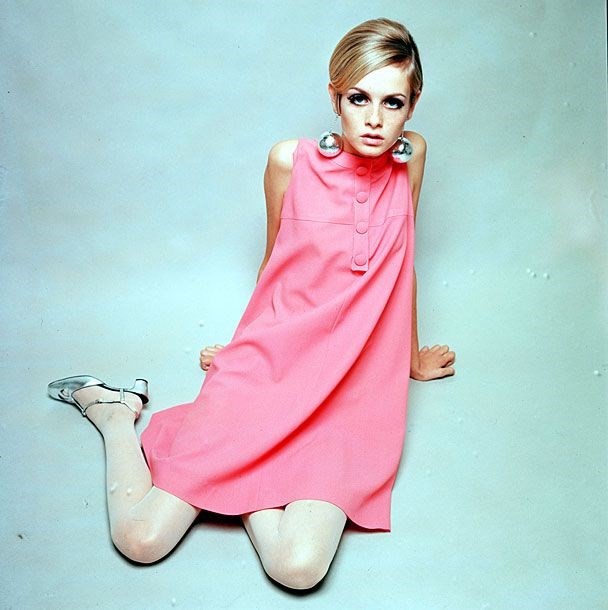
The Swinging 60s
Perhaps the most renowned incarnation of the babydoll happened when haute couture fell out of fashion, and icons like Twiggy paired affordable shifts designed by the likes of Mary Quant with doe-eyes and Mary Janes. With the hemlines veering ever-shorter – "We would make them the length the customer wanted," said Quant. "I wore them very short and the customers would say, 'Shorter, shorter'" – in the 60s they became the rebellious uniform of the Kings Road teenager and the epitome of the shocking youth-quake revolution. As Mary Quant model Sandy Schreier remembered about returning to her hometown of Detroit after a London shoot, "One day, I was in the supermarket wearing fishnet stockings and this dress that Mary Quant had given me. A friend came up to me and told me, 'you should be ashamed of yourself.'" Symbolising a new, emerging movement of an age-bracket with its own interests, politics and fashion trends, the babydoll was a surprisingly revolutionary facet of mod culture, representing a complete abandonment of appropriate female stereotype for self-determined freedom.
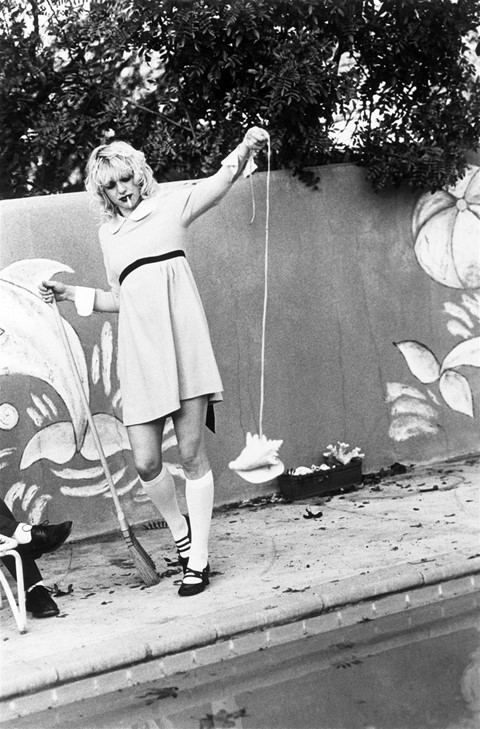
Kinderwhore
After falling out of fashion for a few decades, the babydoll made an emphatic return with Courtney Love and Kat Bjelland's revival of it as the cornerstone to their kinderwhore look. "My angle was irony," Love once explained – and by parodying the infantilisation of women, dressing up as a little girl dolly while screaming punk rock on stage, she subverted the virgin/whore tropes that confined so many – both in music and the world at large. “Kinderwhore can be understood as an instance of same-sex drag: exaggerating the contradictory demands of ideal femininity; betraying its constructed-ness; subverting it from within,” wrote Morna Laing in a SHOWstudio essay on the Meadham Kirchhoff S/S12 show that opened with a gang of Courtneys dressed in pastel babydolls (a remake of her 1996 Reading performance outfit) and wigs, powdering their faces. “A Wolf in Sheep’s Clothing,” Meadham Kirchoff called the collection: something vicious dressed up as something sweet.
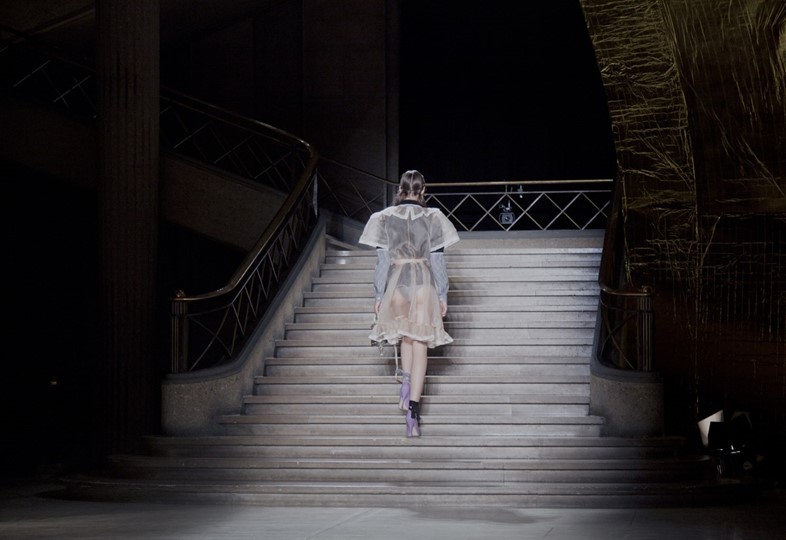
Miu Miu S/S16
And then, most recently, there was Miu Miu: a perverse, poison-lipped exploration of the same codes that Meadham Kirchhoff fixated on in their heyday. Following on from Mrs Prada's now long-standing John Waters fetish, her good-girls-gone-bad were decked out in pastel chiffon babydolls, hair tied in bunches – but theirs weren't the saccharine incarnations of the style but something rather more sinister. Sitting somewhere between silken Victoriana frills and 70s nylon housecoats, they had none of the titillation of their 40s counterparts or the insouciance of the 60s; they were, instead, veiling something malevolent. “The times we are in are extreme," Mrs Prada said backstage after the show. "There’s conservatism on both the right and left in politics. And then, people look for escapes from it, attracted to strange religious beliefs or underground clubs and music.” And those were the babydolls at Miu Miu: once more, politicised and rebellious – in a way that 2015 seems to desperately need.
